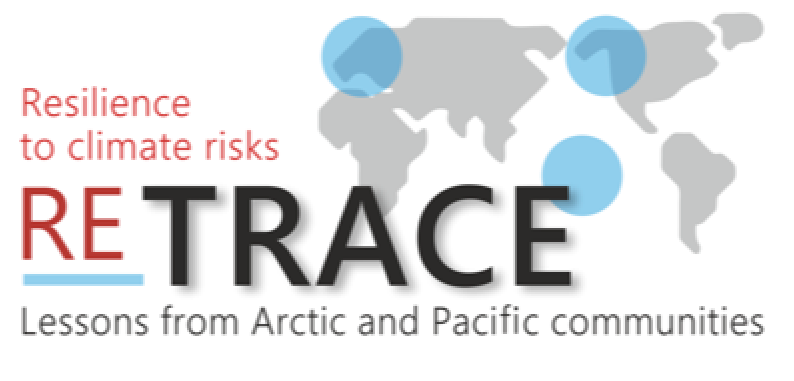Project facts
Presentation
CLick to watch the presentation video of the project
Impacts & Results
Since the 2000’s and in a climate change context, 2.3 billion people have been impacted by natural disasters. Faced with complex issues, risk management has evolved to analyze risks in a systemic way, integrating the resilience concept which is now an imperative for territories. However, few local actors manage to transform this concept into effective risk management strategies. Existing decision-support tools are mainly focused on technical-functional approaches. Although based on rigorous and scientific approaches, they don’t represent reality with veracity, subtlety, accuracy. Local communities are therefore struggling to deal with it. It’s now essential to find an effective way to enhance the resiliences of local communities, in order to develop more inclusive approaches to implementing resilience strategies to climate risks. The consortium believes that some elements are pillars of local resiliences: experiences, intergenerational, traditional, vernacular and local knowledge, etc. Integrating these forms of local, intrinsic, and cultural resiliencies into decision-support tools is not only a challenge for understanding resilience in its diversity but also a guarantee for the appropriation and adoption of such tools. Two geographical areas are identified as most vulnerable to climate risks: the polar zones and the Pacific islands. Communities with strong cultural dimensions have been selected: the Marquesan (French Polynesia), the Sami and Kven (Norway) and the Ahtna (Alaska). RETRACE project aims to produce a decision-support system that enables the representation, understanding and implementation of resilience strategies adapted to local issues. The methodology is based on a mixed-methods approach: qualitative data from a collaborative approach aimed at identifying resilience factors in local narratives, traditions, experiences, sensitivities, knowledge, etc., and quantitative data derived from open source data. The aim is to develop long-term resilience strategies to climate risks in these communities and to ensure the reproducibility of the methodology.

